When we think of dinosaurs, we often imagine voracious predators like Tyrannosaurus rex devouring anything in their path, or gentle giants like Brachiosaurus stripping trees of their foliage. However, the reality of dinosaur diets was much more complex and constrained than many popular depictions suggest. Despite their diversity and dominance for over 165 million years, dinosaurs faced numerous dietary limitations based on their anatomy, physiology, and the available food sources in their environments. These limitations shaped their evolution and ecological roles in profound ways. Understanding what dinosaurs couldn’t eat helps us better appreciate the intricate balance of prehistoric ecosystems and the specialized adaptations these remarkable creatures developed to thrive in their ancient world.
Evolutionary Dental Limitations
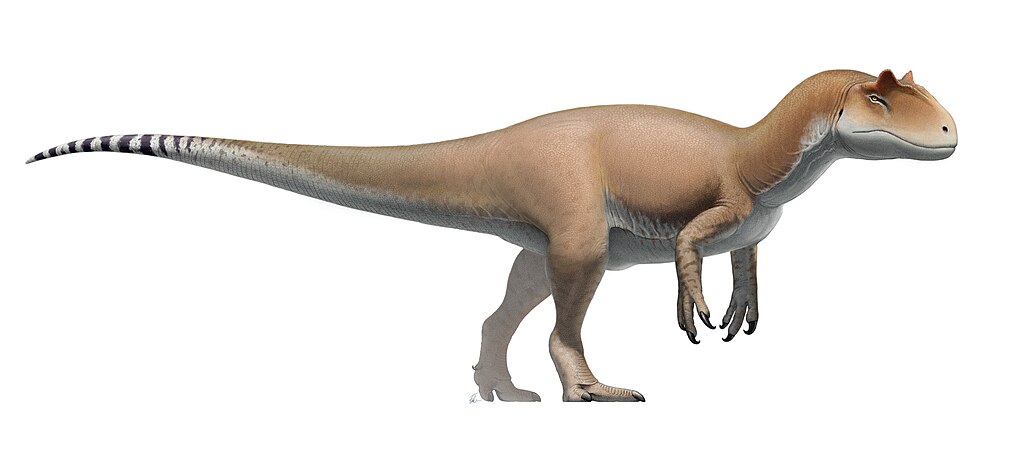
Unlike mammals with their diverse and specialized dentition, most dinosaurs possessed relatively limited dental capabilities that restricted what they could consume. Carnivorous theropods like Allosaurus had serrated, blade-like teeth ideal for slicing through flesh but poorly suited for crushing bones or grinding tough plant material. Herbivorous dinosaurs like hadrosaurs developed complex dental batteries for processing vegetation, but couldn’t effectively process meat. These specialized dental adaptations created evolutionary commitments that locked many dinosaur species into specific dietary niches, making it impossible for them to opportunistically shift their diets during food shortages the way some modern omnivores can. The rigidity of dinosaur dental structures represents one of the most fundamental constraints on their dietary flexibility and demonstrates how evolution often involves trade-offs between specialization and adaptability.
Inability to Process Flowering Plants
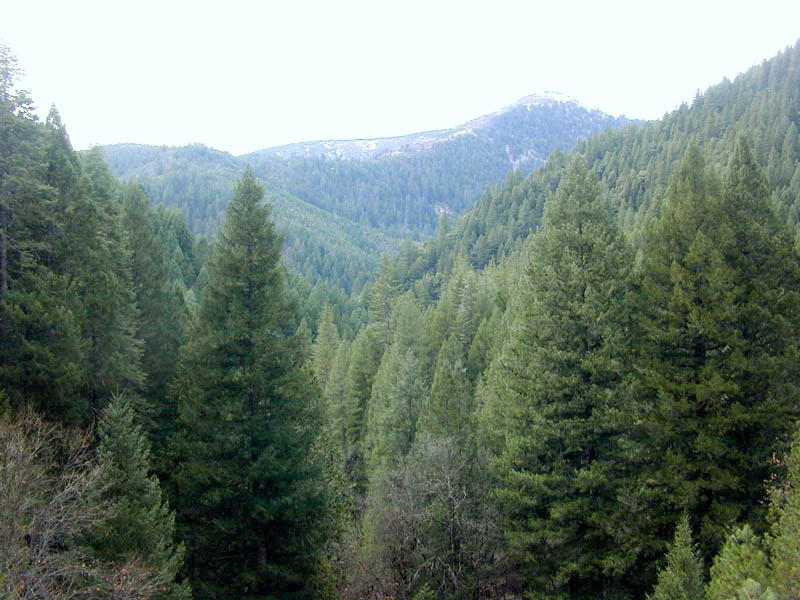
For much of the Mesozoic Era, particularly during the Triassic and Jurassic periods, herbivorous dinosaurs existed in a world without flowering plants (angiosperms). Flowering plants didn’t become widespread until the mid-Cretaceous period, roughly 100 million years ago, meaning that earlier dinosaurs subsisted entirely on gymnosperms like conifers, cycads, ginkgoes, and ferns. These plants often contained tough fibers, toxins, and lower nutritional content compared to many flowering plants. When angiosperms evolved, many herbivorous dinosaur species likely lacked the specialized digestive adaptations necessary to process these new plant types efficiently. The co-evolutionary relationship between flowering plants and their dinosaur consumers was still developing when the asteroid impact occurred, suggesting that many dinosaur species never fully adapted to utilize this revolutionary new food source that would later become dominant in the plant kingdom.
Jaw Mechanics and Chewing Constraints

Dinosaur jaw mechanics differed significantly from mammals, imposing major limitations on their feeding capabilities. Most notably, dinosaurs lacked the complex jaw joints that allow mammals to chew with a rotary motion, instead being limited to simple up-and-down or slightly side-to-side movements. This mechanical constraint meant that even herbivorous dinosaurs couldn’t chew their food as thoroughly as modern mammalian herbivores. Sauropods like Diplodocus and Apatosaurus solved this problem by swallowing gastroliths (stomach stones) to help grind food in their gizzards and likely relied on extensive fermentation in their massive digestive tracts. Other herbivores, like ceratopsians, developed shearing dental batteries to compensate for their limited jaw mobility. These anatomical limitations meant dinosaurs required specialized adaptations to process their food, restricting dietary opportunism and flexibility.
Size-Related Dietary Restrictions

The enormous size of many dinosaurs created unique dietary challenges and limitations that affected what they could consume. For the largest sauropods like Argentinosaurus, which may have weighed over 70 tons, the metabolic demand for calories was astronomical, requiring them to consume vast quantities of vegetation daily. These enormous herbivores needed to focus on abundant, relatively high-calorie plant materials, as they simply couldn’t afford to expend energy searching for scattered, rare food items. Conversely, very small dinosaurs faced different constraints, being unable to tackle large prey or process extremely tough plant materials due to physical strength limitations. The metabolic requirements of different-sized dinosaurs created natural constraints on their dietary options, with medium-sized species generally enjoying the greatest dietary flexibility. Size-related dietary specialization likely contributed to niche partitioning within dinosaur communities, allowing multiple species to coexist without direct competition.
Aquatic Food Sources Limitations

Despite their widespread distribution across terrestrial environments, most dinosaur lineages never developed the adaptations necessary to exploit aquatic food resources effectively. While some theropods like Spinosaurus show evidence of semi-aquatic lifestyles and fish consumption, the vast majority of dinosaurs couldn’t access the abundant food resources in prehistoric oceans, lakes, and rivers. Dinosaurs generally lacked the specialized limbs for swimming, underwater vision adaptations, and pressure-resistant lungs that would have allowed them to hunt or forage effectively underwater. This limitation meant that the rich protein sources of aquatic environments—fish, mollusks, crustaceans, and aquatic plants—remained largely inaccessible to dinosaurs. Marine reptiles like plesiosaurs, ichthyosaurs, and mosasaurs instead dominated these niches, while dinosaurs remained predominantly terrestrial, missing out on the dietary opportunities that aquatic environments provided to other reptile lineages.
Digestive System Constraints

The dinosaur digestive system imposed significant constraints on what these animals could effectively process and extract nutrients from. Unlike ruminant mammals with their multi-chambered stomachs, dinosaurs lacked the specialized foregut fermentation that allows cows and other ruminants to break down cellulose so efficiently. While some herbivorous dinosaurs likely had enlarged hindgut fermentation chambers similar to horses, this system is generally less efficient at breaking down tough plant fibers. Evidence from coprolites (fossilized feces) suggests that some plant material passed through dinosaur digestive systems partially undigested. Carnivorous dinosaurs faced different digestive limitations, lacking the highly acidic stomachs of specialized scavengers like vultures, potentially limiting their ability to safely consume rotting carrion or bone. These digestive constraints meant dinosaurs needed to be selective about what they ate, focusing on foods their particular digestive systems could effectively process.
Inability to Process Certain Plant Toxins

Plants have evolved a remarkable array of chemical defenses to deter herbivores, and dinosaurs likely struggled to process many of these toxic compounds. Modern plants in families like the nightshades (Solanaceae), which contain potent alkaloids, or the spurges (Euphorbiaceae), which produce irritating latex, would have posed serious challenges to dinosaur digestive systems. While mammals have evolved specialized liver enzymes to detoxify many plant compounds, dinosaurs may have had more limited detoxification capabilities. This biochemical limitation would have rendered many plant species effectively inedible to dinosaurs, despite being physically accessible. The co-evolutionary arms race between plants and their dinosaur consumers likely drove the development of increasingly sophisticated plant chemical defenses throughout the Mesozoic. Some evidence suggests that the evolution of flowering plants brought new classes of defensive compounds that some dinosaur lineages may never have fully adapted to process before their extinction.
Geographical and Environmental Constraints
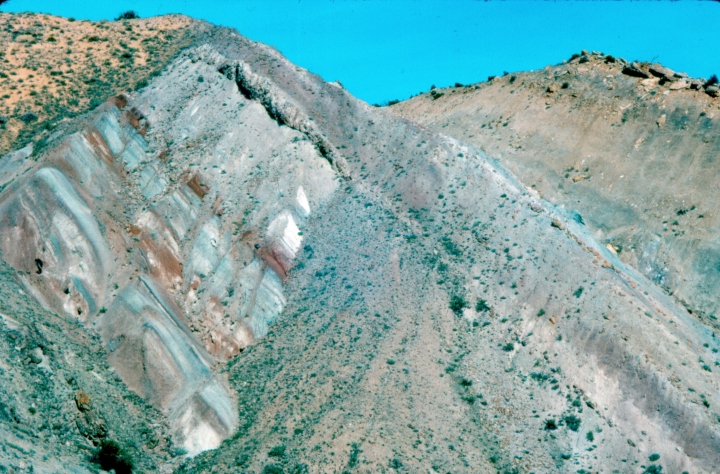
Dinosaurs faced significant dietary limitations based on their geographical distribution and the environments they inhabited. Species adapted to arid environments, like many of the dinosaurs found in the Morrison Formation of western North America, would have been limited to drought-resistant plants and prey adapted to water scarcity. Conversely, dinosaurs in lush tropical environments would have encountered different dietary challenges, including higher levels of plant toxins that typically evolve in biodiversity hotspots. High-latitude dinosaurs living in polar regions faced extreme seasonal variation in food availability, with evidence suggesting some species may have migrated to follow food sources or entered states of reduced activity during lean periods. Arctic dinosaurs like Ugrunaaluk kuukpikensis lived in conditions with months of darkness, drastically limiting plant growth and altering predator-prey dynamics. These geographical and environmental constraints meant that even anatomically similar dinosaur species often had significantly different diets based on their local ecosystems.
Thermoregulatory Impacts on Diet

The ongoing scientific debate about dinosaur thermoregulation has important implications for understanding their dietary limitations. If large dinosaurs were primarily ectothermic (cold-blooded) or had inertial homeothermy due to their size, they would have required significantly less food per pound of body weight than equivalently sized endothermic (warm-blooded) animals. However, growing evidence suggests that many dinosaurs, particularly theropods and possibly other groups, had metabolic rates more similar to modern birds than to reptiles. These higher metabolic rates would have required greater caloric intake, potentially limiting dinosaurs to high-energy food sources. The thermoregulatory strategy of different dinosaur lineages would have created natural constraints on their diets, with more active, potentially endothermic species requiring more frequent feeding on higher-quality foods. These metabolic requirements likely influenced hunting strategies in predators and foraging patterns in herbivores, effectively limiting what foods were energetically worthwhile for them to pursue.
The Challenge of Burrowing Prey
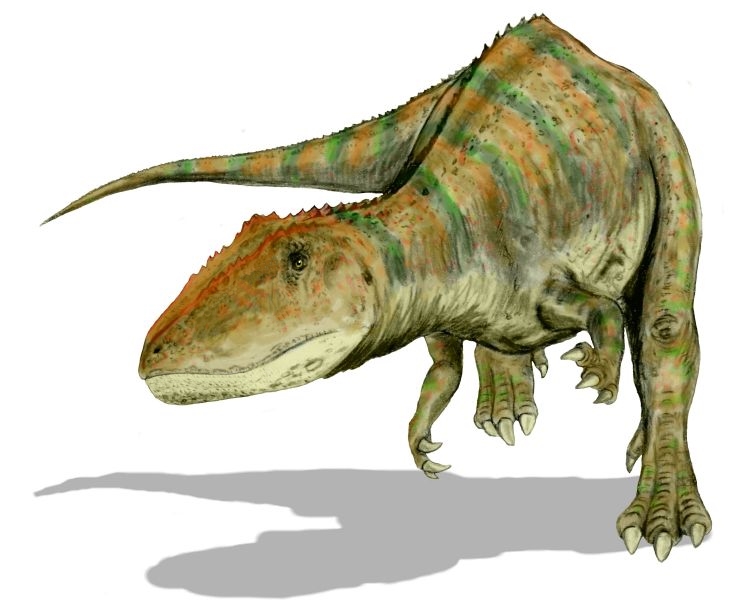
Most dinosaur predators faced significant limitations when it came to accessing burrowing prey, creating a dietary restriction that may have provided crucial refuge for many small Mesozoic animals. Unlike specialized mammalian hunters such as badgers or aardvarks, theropod dinosaurs generally lacked adaptations for digging, such as powerful forelimbs with large claws oriented for excavation. Their relatively inflexible spines and large body sizes would have made it difficult or impossible to pursue prey into narrow burrows or tunnels. Fossil evidence suggests that many early mammals were nocturnal and possibly burrowers, potentially using underground habitats as a way to avoid dinosaur predation. This limitation meant that an entire category of potential prey—burrowing animals—remained largely inaccessible to dinosaur predators, creating an important ecological niche that other animals could exploit with minimal dinosaur competition.
Fruit Consumption Limitations

For much of dinosaur evolutionary history, the fruits that dominate modern ecosystems simply didn’t exist in forms dinosaurs could easily consume. Early fruits were typically small, hard, and less nutritious than their modern counterparts, which have evolved specifically to attract mammalian and bird dispersers. While some dinosaurs may have consumed primitive fruits and aided in seed dispersal, they missed out on the calorie-rich, sugar-packed fruits that wouldn’t evolve until flowering plants developed more sophisticated seed dispersal strategies later in the Cretaceous period. Additionally, many herbivorous dinosaurs lacked the precise oral manipulation abilities needed to selectively pluck fruits without consuming entire branches. The limitation on fruit consumption meant dinosaurs missed out on a concentrated source of sugars and calories that many modern animals rely upon seasonally. This dietary gap was eventually filled by birds (which are technically dinosaurs themselves) and mammals after the non-avian dinosaur extinction.
Seed Predation Constraints
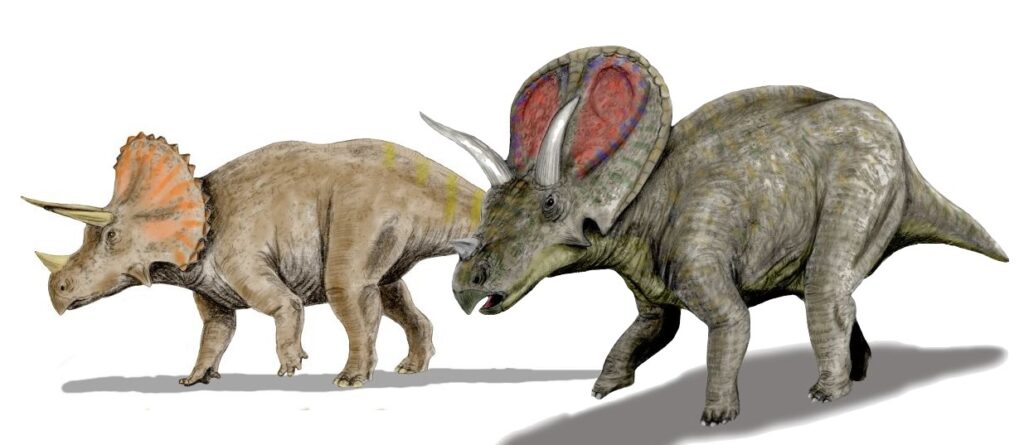
Despite the abundance of seeds as a potential food source, most dinosaurs were poorly equipped to function as specialized seed predators. Seeds offer concentrated nutrients but are typically protected by hard outer coatings that require specialized dentition to crack efficiently. While some small theropods and ornithischians may have occasionally consumed seeds, they lacked the specialized bills of seed-eating birds or the precisely adapted dentition of rodents that make modern seed predation so efficient. The physical limitations of dinosaur jaw mechanics and dental structures made the systematic exploitation of seeds as a primary food source largely unviable. This dietary limitation meant that an entire category of nutrient-rich plant products remained largely unutilized by dinosaurs, creating an ecological opportunity that was eventually exploited by birds and mammals after the K-Pg extinction event. The inability to specialize in seed consumption likely prevented dinosaurs from occupying certain ecological niches that would later become important in post-Mesozoic terrestrial ecosystems.
Nectar and Pollen Limitations

The co-evolution between flowering plants and their pollinators represents one of nature’s most successful partnerships, but most dinosaurs were completely excluded from exploiting the rich energy sources of nectar and pollen. The vast majority of dinosaurs lacked the specialized mouthparts necessary for extracting nectar from flowers, such as the long, thin bills of hummingbirds or the proboscises of butterflies and moths. Additionally, their large size would have made it impossible for most dinosaurs to access flowers without destroying them entirely. While some small, possibly arboreal dinosaurs might have occasionally consumed nectar opportunistically, they couldn’t fill the ecological role of dedicated pollinators. This limitation meant dinosaurs missed out on highly concentrated sources of sugars and proteins that specialized nectarivores and pollen-feeders now utilize. The inability to access these resources created ecological opportunities for insects, early birds, and possibly some mammals to develop mutualistic relationships with flowering plants without competition from larger dinosaurs.
Conclusion

In conclusion, the dietary limitations of dinosaurs reveal much about their biology and ecological roles. Far from being the indiscriminate eating machines often portrayed in popular media, dinosaurs operated within strict constraints imposed by their anatomy, physiology, and environment. These limitations shaped their evolution, driving the development of specialized adaptations while simultaneously creating ecological niches for other organisms that could exploit resources dinosaurs couldn’t access. The dietary restrictions faced by dinosaurs also highlight the complex interplay between predators, prey, and plants during the Mesozoic Era, providing valuable insights into the dynamics of ancient ecosystems. By understanding what dinosaurs couldn’t eat—and why—we gain a deeper appreciation for the remarkable diversity of adaptations that allowed different dinosaur lineages to thrive for millions of years within their specific dietary niches, until their sudden extinction 66 million years ago.




